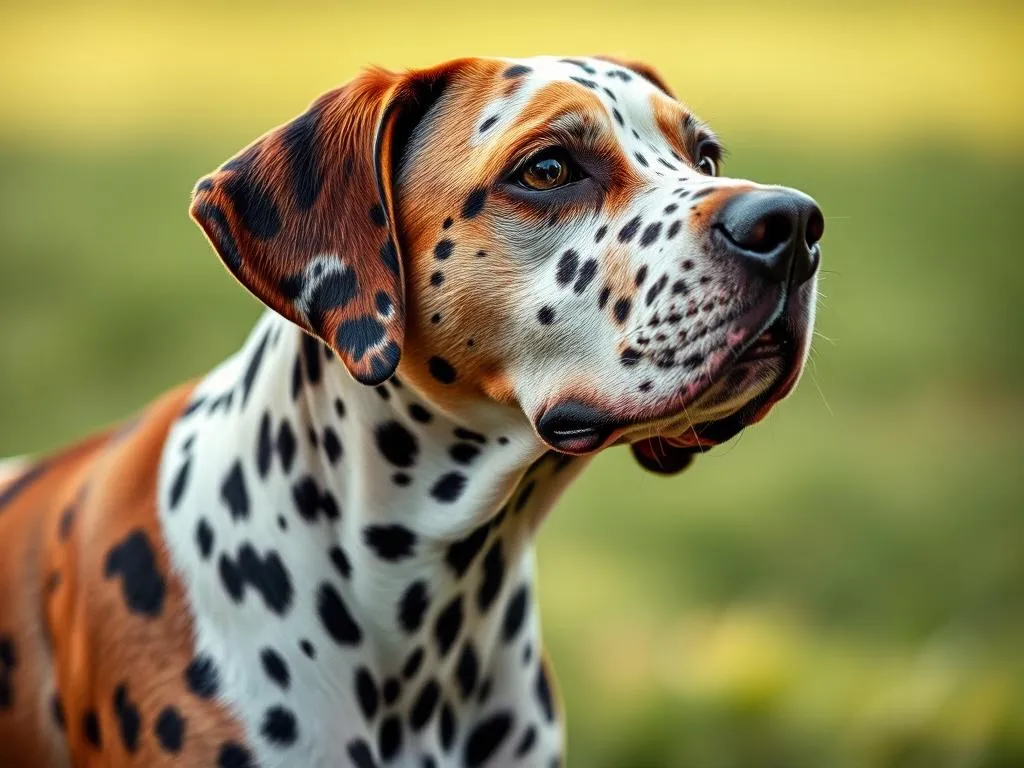
Introduction
Dog breeds play a crucial role in pet ownership, as they dictate not only the physical appearance of our furry companions but also their behavior and personality traits. Understanding breed characteristics helps prospective owners choose the right dog for their lifestyle. Among the diverse canine varieties, the brown Dalmatian stands out as a unique and fascinating variation of the traditional Dalmatian breed. While Dalmatians are often recognized for their striking black spots on a white coat, the brown Dalmatian adds an intriguing twist to this classic breed.
In this article, we will explore the nuances of dog breeds, delve deep into the world of Dalmatians, and shine a spotlight on the brown Dalmatian, discussing its history, characteristics, care, and training.
Understanding Dog Breeds
Definition of Dog Breeds
A dog breed is a specific group of domestic dogs with particular characteristics that distinguish them from other groups. These traits can include size, appearance, temperament, and behavior. Understanding these characteristics is vital for potential dog owners to find a breed that fits their lifestyle and personal preferences.
History of Dog Breeding
The history of dog breeding dates back thousands of years, evolving from wild wolves to the myriad of breeds we see today. Early humans began to selectively breed dogs for specific tasks, such as hunting, herding, or companionship. This selective breeding resulted in the development of distinct breeds, each with its own set of traits and behaviors tailored to meet human needs.
The Impact of Genetics on Dog Breeds
Genetics plays a significant role in defining the traits of dog breeds. Specific genes are responsible for characteristics such as coat color, size, and even behavioral tendencies. Unfortunately, certain breeds can also inherit health issues due to their narrow gene pool. Understanding the genetic background of a breed helps prospective owners prepare for potential health challenges and provides insight into the overall well-being of their dogs.
The Dalmatian Breed
Origin and History
The Dalmatian breed has a rich history that traces back to the Dalmatia region of Croatia. Originally bred as carriage dogs, Dalmatians were known for their ability to run alongside horse-drawn carriages, providing protection and companionship. Their unique appearance and spirited nature eventually led them to become firehouse mascots, where they helped clear the way for fire trucks and kept horses calm in high-stress situations.
Physical Characteristics
Standard Dalmatians are known for their distinctive coat, which is primarily white with black spots. These spots can vary in size and distribution, creating a unique pattern for each dog. The brown Dalmatian, however, presents a striking alternative. Instead of black spots, these Dalmatians sport rich brown or chocolate-colored spots that create a warm and unique appearance.
Differences from the Standard Black-Spotted Dalmatians
While both standard Dalmatians and brown Dalmatians share the same body structure and size—typically standing between 19 to 24 inches tall and weighing between 45 to 70 pounds—their coat colors set them apart. The brown Dalmatian is less common, making it a rarer find and often a sought-after variation among dog enthusiasts.
Temperament and Behavior
Dalmatians are generally known for their energetic, intelligent, and playful nature. They are highly social animals that thrive on interaction with their families. Brown Dalmatians share these temperament traits but may exhibit slight behavioral differences due to their unique genetic makeup.
These dogs are often well-suited for active families and individuals who can provide ample exercise and mental stimulation. They are known to be good with children and can adapt well to various living situations, from apartments to large homes with yards, as long as they receive enough daily activity.
Care and Maintenance of Dalmatians
Grooming Needs
Dalmatians have a short, dense coat that is relatively easy to maintain. Regular brushing—ideally once a week—helps to remove loose hair and keep their coat looking vibrant. For brown Dalmatians, the same grooming practices apply, but owners may notice that brown spots can sometimes require extra attention to maintain their rich color.
Exercise Requirements
Regular exercise is vital for Dalmatians to prevent behavioral issues stemming from boredom. These dogs are high-energy and thrive on activities that challenge them physically and mentally. Daily walks, runs, or play sessions in a secure area are essential. Engaging in activities such as fetch or agility training can provide both physical exercise and mental stimulation.
Nutritional Needs
Dalmatians are prone to certain dietary sensitivities, so it’s essential to provide high-quality dog food that meets their nutritional requirements. A balanced diet rich in protein, healthy fats, and essential vitamins and minerals is crucial for their overall health. Always consult with a veterinarian to tailor a diet plan that suits your brown Dalmatian’s needs, especially considering their activity levels and any potential health issues.
Health Considerations
Like all breeds, Dalmatians can be susceptible to certain health issues. Common concerns include urinary stones, hip dysplasia, and skin conditions. The brown Dalmatian may also face unique health considerations related to its coat color and genetics. Regular veterinary check-ups, a balanced diet, and appropriate exercise can help mitigate these risks and ensure a long, healthy life.
Training a Dalmatian
Basic Training Techniques
Training a Dalmatian requires patience and consistency. These intelligent dogs respond well to positive reinforcement methods, such as treats and praise. Early socialization and obedience training are critical to help them develop good manners and reduce the likelihood of behavioral issues.
Advanced Training and Activities
Once basic training is established, Dalmatians can excel in advanced training. Activities such as agility courses or obedience competitions can provide excellent outlets for their energy and intelligence. Mental stimulation is just as important as physical exercise for this breed, so incorporating puzzle toys or training games into their routine can enhance their well-being.
Living with a Brown Dalmatian
Adapting to Home Life
Integrating a brown Dalmatian into your home can be a rewarding experience. However, managing their energy levels is crucial. Creating a structured routine that includes regular exercise, playtime, and training sessions can help your dog adapt to home life effectively.
Family Life with Dalmatians
Dalmatians are generally good with children and can coexist amicably with other pets if introduced properly. Supervising interactions between your brown Dalmatian and young children or smaller pets is essential to ensure everyone feels safe and secure. Teaching children how to interact respectfully with dogs can foster a harmonious household.
Finding a Brown Dalmatian
If you’re considering welcoming a brown Dalmatian into your family, it’s essential to find a reputable source. Whether adopting from a rescue organization or purchasing from a breeder, ensure they prioritize the health and well-being of their dogs. Conduct thorough research and ask questions about the dog’s lineage, health history, and temperament to ensure a good match for your lifestyle.
Conclusion
In conclusion, the brown Dalmatian presents a unique and captivating option for dog lovers. Understanding the characteristics, care needs, and training requirements of this breed can help potential owners make informed decisions. With their rich history, distinctive appearance, and spirited nature, brown Dalmatians are not just beautiful companions; they bring joy and energy into any home.
Whether you’re a seasoned dog owner or a first-time pet parent, considering a brown Dalmatian could enrich your life and provide a loyal friend for years to come.









